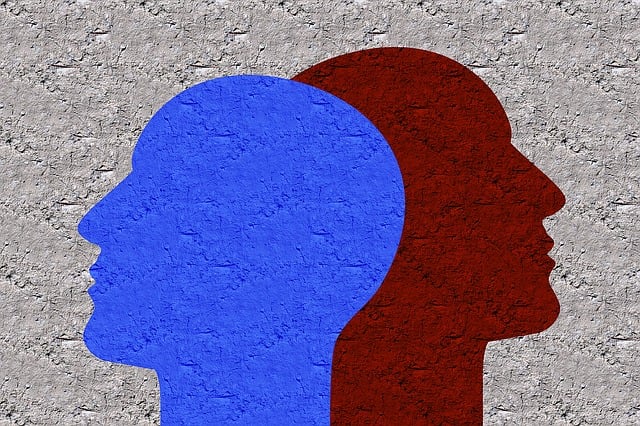Understanding Dissociation: A Comprehensive Guide And Definition
Dissociation is a psychological phenomenon that affects countless individuals, yet it remains widely misunderstood. This comprehensive guide aims to shed light on the definition, causes, symptoms, and treatment options for dissociation, providing readers with a deeper understanding of this complex condition.
What is Dissociation, a Dissociation Definition?
At its core, dissociation involves a disconnection between a person’s thoughts, identity, consciousness, and memory. People experiencing dissociation may feel detached from themselves or their surroundings, almost as if they are observing their life from outside their body. This can range from mild, transient episodes to more severe, chronic forms, such as those seen in dissociative disorders.

Types of Dissociative Experiences
Dissociative experiences can vary widely among individuals, including:
- Depersonalization: Feeling detached from one’s body or thoughts.
- Derealization: Feeling as though the world around you is unreal.
- Dissociative Amnesia: Having gaps in memory for personal information, events, or periods of time.
- Dissociative Identity Disorder (DID): Previously known as multiple personality disorder, DID involves the presence of two or more distinct identity states.
Causes of Dissociation
The causes of dissociation are often rooted in trauma or stress. It is believed to be a coping mechanism, allowing individuals to distance themselves from experiences that are too difficult to handle emotionally. Childhood abuse, war, accidents, natural disasters, and severe emotional pain can all trigger dissociative responses.
Symptoms of Dissociation
Symptoms of dissociation can include a sense of detachment from oneself or one’s surroundings, a blurred sense of identity, significant memory gaps, and an inability to cope with emotional stress. It’s important to note that dissociation exists on a spectrum, and its symptoms can range from mild to severe.
Treatment for Dissociation
Treatment for dissociative disorders often involves psychotherapy. Cognitive-behavioral therapy (CBT), dialectical behavior therapy (DBT), and eye movement desensitization and reprocessing (EMDR) are common approaches. These therapies aim to help individuals confront and process the trauma that triggered their dissociative symptoms. In some cases, medication may be prescribed to address associated issues like depression or anxiety.
Conclusion
Dissociation is a complex and often misunderstood condition that can significantly impact an individual’s life. By understanding its definition, causes, symptoms, and treatment options, individuals can better recognize the signs of dissociation in themselves or others and seek appropriate help. Remember, recovery is possible, and with the right support, individuals can work towards healing and reclaiming control over their lives.
FAQs
Q: Is dissociation the same as daydreaming? A: While daydreaming is a mild form of dissociation, it is generally considered a normal experience. More severe forms of dissociation, such as those seen in dissociative disorders, are not considered normal and may require intervention.
Q: Can everyone experience dissociation? A: Yes, dissociation is a mechanism that everyone can experience, especially during times of stress or trauma. However, not everyone will develop a dissociative disorder.
Q: How common are dissociative disorders? A: Dissociative disorders are relatively rare, affecting about 2% of the population. However, milder forms of dissociation, such as depersonalization or derealization, may be more common.
By providing a comprehensive overview of dissociation, this guide aims to demystify the subject and promote a better understanding of the condition. Awareness and education are key to recognizing dissociation and supporting those who live with its effects.
